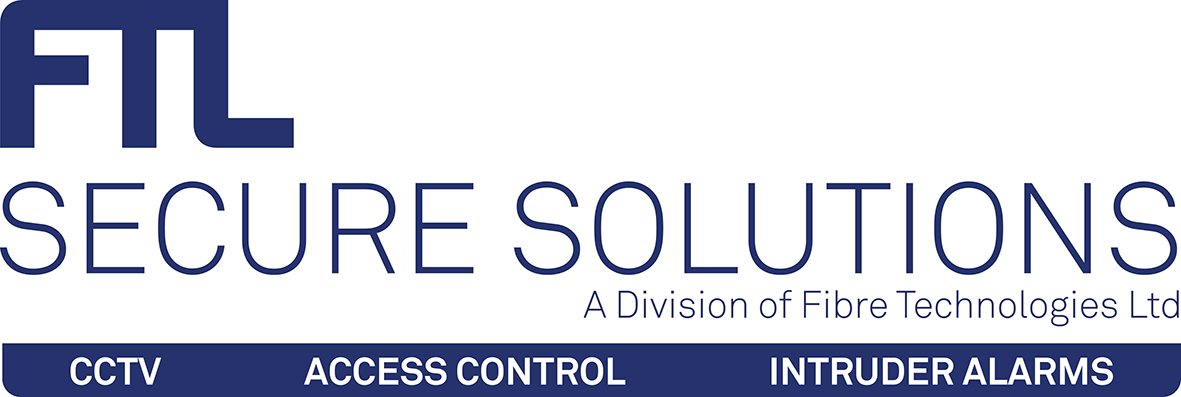Healthcare facilities have unique security needs compared to other institutions. Hospitals, clinics, and medical centers contain sensitive patient information, controlled substances, valuable equipment, and vulnerable patients ranging from infants to the elderly. Having proper security protocols and well-trained guards in place is crucial.
In this blog post, we’ll explore the special considerations for security in the healthcare sector, outline best practices and key protocols, and examine some of the challenges manned guards face in this environment.
Healthcare Facilities Require Special Safeguards
Unlike office buildings or even banks, healthcare facilities contain specific areas, materials, and individuals that require extra layers of security and access control. This is not only to prevent theft and general crime but more importantly to maintain patient privacy rights and ensure patient safety.
Safeguarding Private Patient Information is Paramount
Healthcare facilities contain extremely sensitive personal information that needs to be vigilantly protected. From patient medical records to financial/insurance details, this information could be used for identity theft or violated for personal reasons by those looking to access data about a family member or acquaintance treated at the facility.
Stringent laws like HIPAA (Health Insurance Portability and Accountability Act) mandate the protection of patient privacy and health data security. Facilities can face heavy fines and repercussions if protocols to safeguard records are not followed.
Tight Access Control for Sensitive Areas
Within healthcare facilities, there are areas that must have restricted access to protect patient safety and privacy. These include:
- Pharmacies: To prevent theft of controlled medications and prescriptions. Guards must monitor and regulate pharmacy access.
- Research Laboratories: Contain proprietary research and sensitive patient information from clinical trials. Requires badge access and permission to enter.
- Operating Rooms: Access limitations prevent contaminants and maintain sterile environments.
- Nurseries: Extra security protects vulnerable infants and allows only authorized staff/visitors.
Safeguarding Vulnerable Patients
Of course healthcare facilities contain more vulnerable patients than the average public setting. From babies in the nursery to hospice patients on their death beds, the patients found here can be more susceptible to safety issues, exploitation or hospital crime and coercion. These at-risk groups include:
- Children: Minors are always vulnerable and require extra protection in healthcare settings.
- Elderly: Seniors may suffer cognitive declines or have limited mobility/weakness issues placing them at risk.
- Patients with Disabilities: Those who have physical or mental disabilities depend more on hospital security for their safety.
Key Security Protocols and Best Practices
Given the sensitive nature of these facilities, well-designed security provided by trained personnel is vital. Here are some of the best practices manned security teams follow to protect healthcare facilities:
Vetting and Training Guards to Handle Unique Challenges
Unlike routine event security staff, guards assigned to medical facilities take part in specialized training to prepare them. Proper vetting and background checks also help healthcare facilities select qualified candidates up to the task.
Training procedures ensure guards understand:
- HIPAA Privacy Policies: Guards receive training on protecting personal health information (PHI). They understand penalties for violations.
- De-escalation Techniques: Guards learn skills to defuse aggressive behavior without use of force first.
- Restraint Methods: If situations escalate (i.e. violent psychiatric patients), guards are trained on proper restraint protocols.
Restricted Access Policies
As mentioned in the last section, various areas of healthcare facilities require limited access for safety reasons. Guards help enforce these policies:
- Badge Door Entry Systems: Badges with embedded access clearance allows entry through certain doors. Guards assist hospital security administrators manage these systems.
- Visitor Check-in: Visitors without employee badges must stop at security checkpoints to sign in, declare destinations/purpose of visit and receive guest badges to wear visibly. Guards man these areas and keep logs.
Video Surveillance and Routine Patrols
In addition to stationary guard posts at entrances and checkpoints, guards regularly walk through facilities looking for threats or policy violations.
- Video Surveillance: Critical areas like pharmacies, nurseries and parking lots often have CCTV cameras that guards monitor from control rooms. This overlays with roving patrols.
- After Hours Patrols: Guards conduct overnight rounds after visitor hours to verify restricted areas are secure and policies being followed despite reduced staff. This deters unauthorized access.
Emergency Preparedness
Guards working these facilities take part in emergency response training and drills to maintain readiness.
- Communication Systems: Guards have priority access to hospital phone, radio and paging systems to call backup or lockdown areas. They coordinate codes and responses.
- First Responder Interface: Guards act as liaison between hospital administration and local police/emergency response during any crisis scenario from a violent patient to weather disaster.
- Disaster Procedures: Guards train alongside facility emergency teams learning protocols like evacuation chairs, emergency lighting and backup systems.
Notable Challenges Manned Security Faces
Working security in healthcare still poses unique challenges including:
Privacy Versus Safety Concerns: Guards must strike a tricky balance ensuring safety without violating patient rights. Detaining the wrong visitor mistaken for say an abusive ex-spouse could spur lawsuit.
Sprawling Geography: Large hospitals and medical centers can span extensive real estate from multiple buildings to parking garages creating vulnerabilities a lean security team must monitor.
Aggressive Patients and Visitors: Healthcare guards periodically deal with volatile, unstable patients or distraught loved ones. De-escalating these scenarios adds unpredictability guards prepare for.
Access Versus Security: Unlike prisons or courthouses with weapon scanners/barriers galore, medical sites allow more access to save lives during emergencies. Guards can’t enforce strict perimeter lockdowns. Offenders also sneak in contraband more easily exploiting infrastructure gaps.
FAQs
What are some key areas guards patrol in hospitals?
A: Guards conduct regular patrols of restricted access areas like pharmacies, research labs, nurseries and operating rooms. Parking areas, loading docks, entry points and psychiatric wings also receive extra patrols to deter threats. Guards routinely do rounds covering these areas.
How does HIPAA affect hospital security?
A: HIPAA sets strict legal standards surrounding patient privacy and protection of personal health information (PHI). Guards receive training on HIPAA to understand these regulations. Guards must prevent unauthorized access to patient records and medical information systems while still enabling staff to readily access this data for medical care. It requires security protocols allowing need-to-know access only.
What steps help hospital guards handle aggressive patients?
A: Security guards receive training on verbal de-escalation skills as well as safe physical restraint methods if patients become violent. Guards may have to assist staff restrain or transport a combative psychiatric patient without causing injury while preventing harm to others. If situations appear beyond a guard’s control, hospital policy dictates calling a specialized response team and law enforcement for backup if needed.
Conclusion
Healthcare security shares similarities with event sites or private companies but the sector contains far more sensitivities that make protection demands unique. Guards must cover vulnerable patients, tightly control restricted areas housing proprietary research or controlled drugs, and enforce privacy rules surrounding personal medical data. Meeting this challenge requires specialized training and protocols security guards working this beat commit to. It takes patience, vigilance and discretion on top of emergency readiness to strike the right balances healthcare facilities require. Adaptability is also key as each clinic or hospital has its own layouts and patient populations that influence risk factors.


